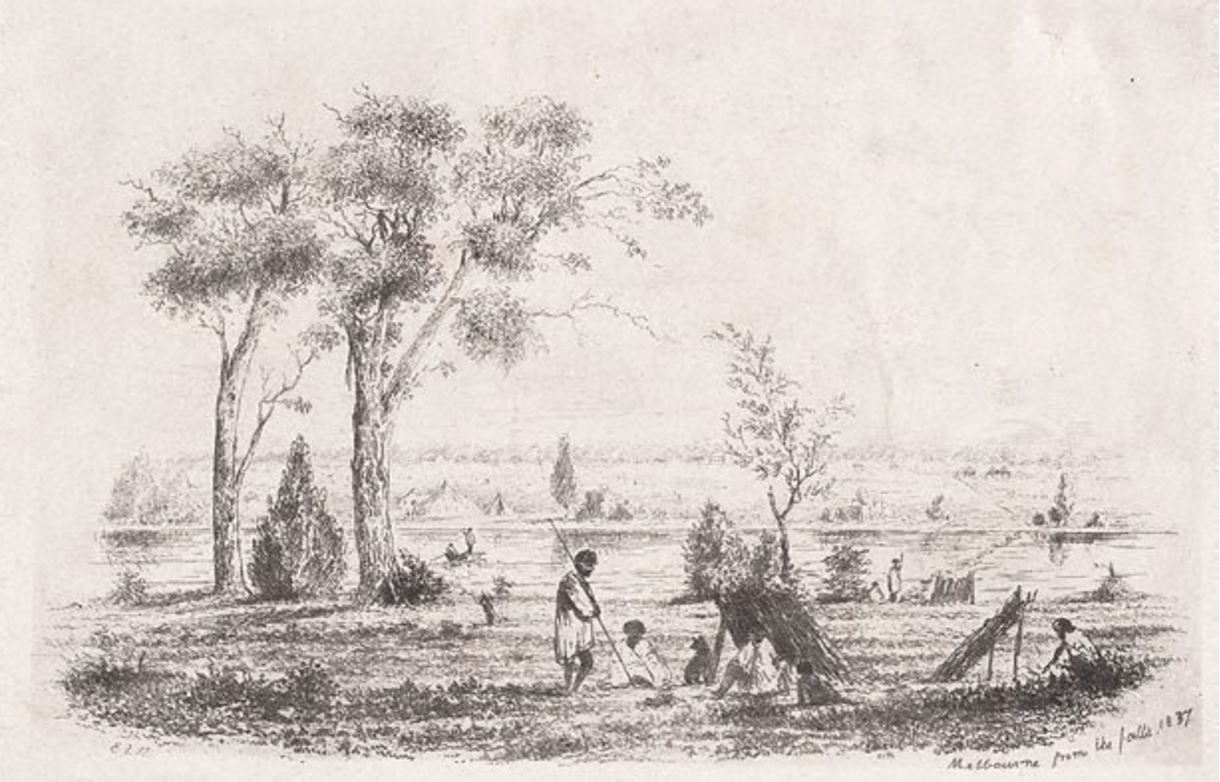 The arrival of the Europeans in the late 18th Century led to the colossal and brisk decline of the Aboriginal people of Australia who had freely roamed the entire continent for at least 40,000 years . . .
The arrival of the Europeans in the late 18th Century led to the colossal and brisk decline of the Aboriginal people of Australia who had freely roamed the entire continent for at least 40,000 years . . .
Though they fought the European invasion, the Aboriginal spear was no match against the technical superiority of the Europeans’ guns and weapons. Estimating the actual Aboriginal death toll is not possible, as official records regarding the killings and massacres were not always kept – however, valuable insights can be gained from explorers diaries, journals, settlers letters, and so forth.
Diseases introduced by the European sealers, whalers and settlers also greatly attributed to the rapid, and massive, decline in the number of Aboriginal people . . .
And then there are the landscapes.
As Europeans arrived on the shores of Australia in their sailing ships, they rapidly spread throughout the continent in the grab for land and treasures. They showed little respect for the pristine, preserved, and ancient landscape; let alone the people that resided there for tens of thousands of years. They proceeded to tear down ancient forests sporting giant emergent trees, each hundreds of years old – such as the Australian Red Cedar – often referred to as ‘red gold’. They cleared the forests, diverted and dammed rivers, filled swamps, fenced the land and inundated it with sheep, cattle, livestock, crops.
They indiscriminately excavated, ripping the landscape to pieces, imposing massive wounds – all to retrieve precious stones such as opals and gems; precious metals such as gold; building products such as bluestone, granite, limestone . . .
Their by-products polluted the land and water. Rivers and swamps became obnoxious cesspools, the land poisoned with salt and chemicals – all in the name of ‘progress’ . . .
River mouths were cleared to facilitate shipping. Bays, lakes and rivers were fished until there were no more. The whales, the seals, lobsters, prawns, scallops, so many fish species . . .
Their cities grew – taller, wider – creating urban sprawls of housing resembling large boxes with no room for a tree. It continues until this very day as they rip down the few quality, historic buildings left, to replace them with grey, concrete towers.
The extinction rate of Australia’s native flora and fauna is beyond comprehension.
And all in a space of just over 200 years . . .
Surely, no ‘Australian’ could be proud of what has, and is still, transpiring ? . . .
View other important events in Australia’s History . . .
